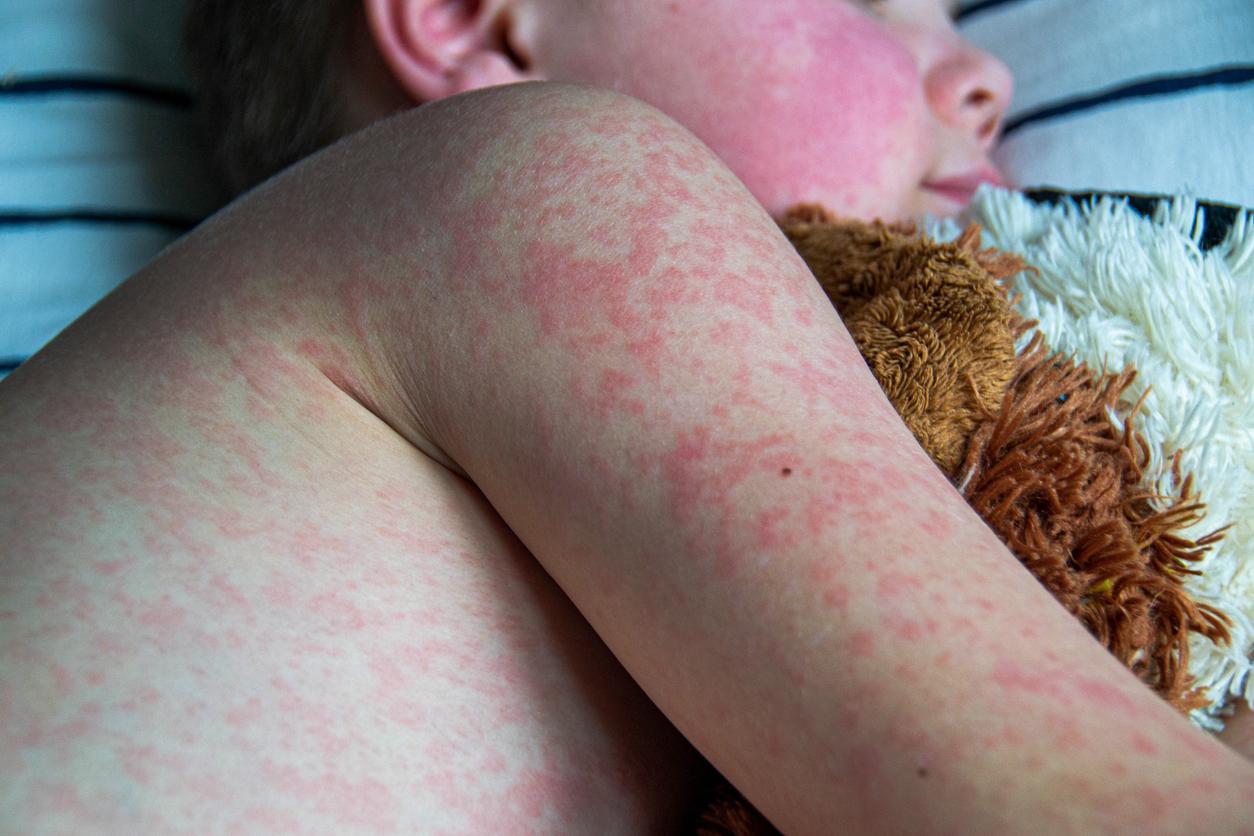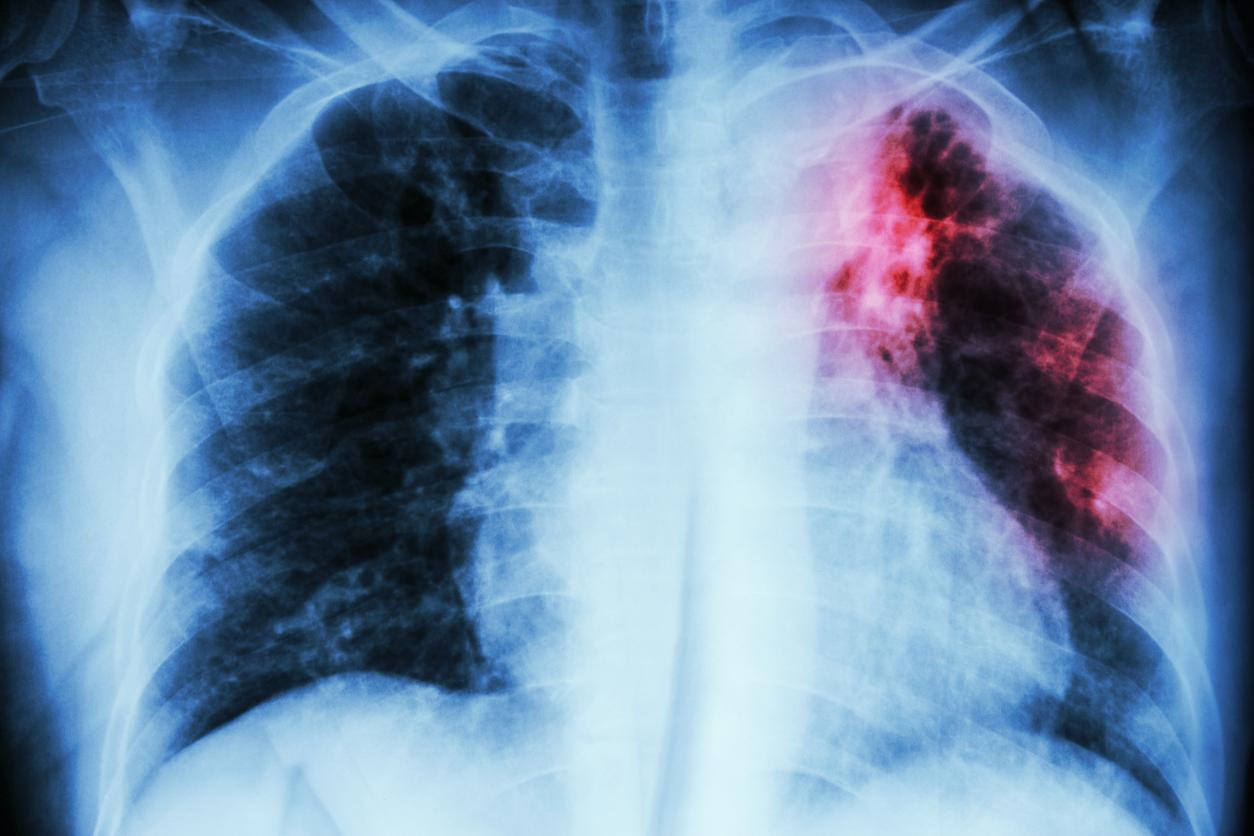The toll of the Ebola fever epidemic in Africa has passed the 11,000 dead mark, according to the WHO. The number of new contaminations is at its lowest. But new syndromes are appearing.

It is a number that shivers down your spine. According to the World Health Organization (WHO), the toll of the Ebola hemorrhagic fever epidemic in West Africa has passed the 11,000 death mark.
In total, in the three countries most affected by the virus (Liberia, Sierra Leone, Guinea) 26,593 people have been affected by this epidemic, of which 11,005 have died since the start of the epidemic in December 2013 in the south of Guinea before spreading to neighboring countries. As a reminder, it was not until August 2014 that the WHO declared it to be a “global public health emergency. “
In detail, Guinea recorded 2,386 deaths, Sierra Leone 3,903 and Liberia 4,716. But this symbolic milestone of 11,000 deaths would be a markedly undervalued toll (by more than 99% in the three countries), recognizes the ‘WHO.
Towards a definitive end to the epidemic
The future seems more optimistic: Liberia must declare the end of the epidemic this Saturday, May 9 “if no new case is detected in the country by then. For their part, Guinea and Sierra Leone each recorded nine new cases last week, the lowest level in almost a year, said Dr David Nabarroun, a UN official. And to assert to Agence France Presse, “this epidemic will soon end” during a press conference in Dakar. “
Post-Ebola syndrome
However, authorities are now facing patients who have survived the virus but are victims of unexplained health problems. The World Health Organization (WHO) and health services are investigating to understand the long-term effects of the virus on survivors.
According to the RFI website “for several weeks now, these miraculous have been exhibiting disorders that particularly affect the eyes. Some suffer from total or partial blindness, others have hearing problems, joint pain, headaches… ”
In Kenema (Sierra Leone), a WHO official, Margaret Nanyonga, even speaks of a “post-Ebola syndrome”, and estimated that half of the former patients experience vision problems which can go as far as blindness. .
Faced with this situation, Margaret Nanyonga insists: “We must understand why these symptoms persist and determine whether they are caused by the virus, by its treatment or even by disinfection measures”.
.














